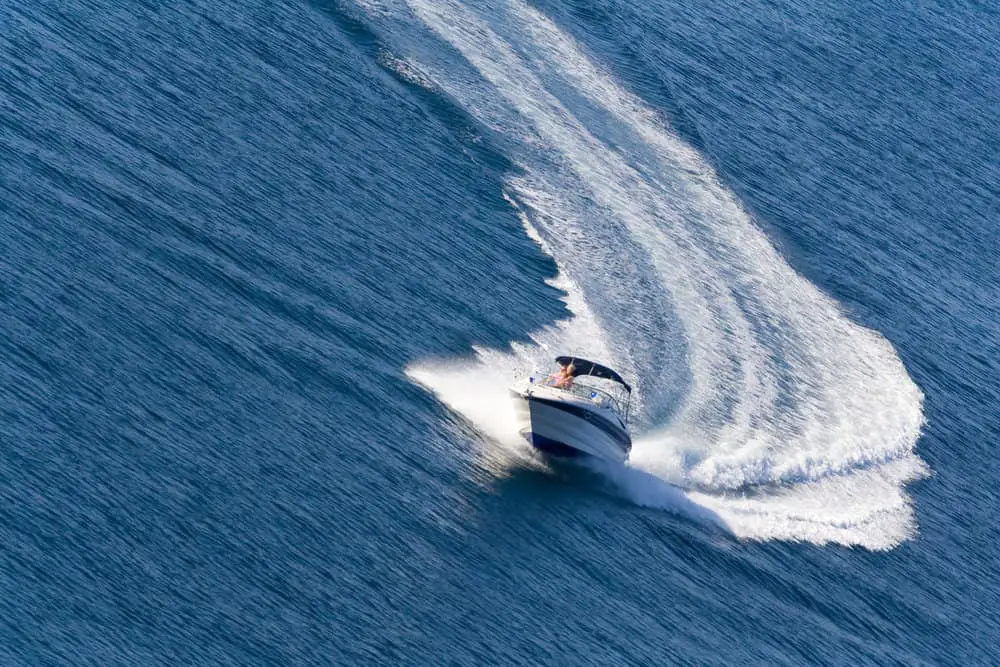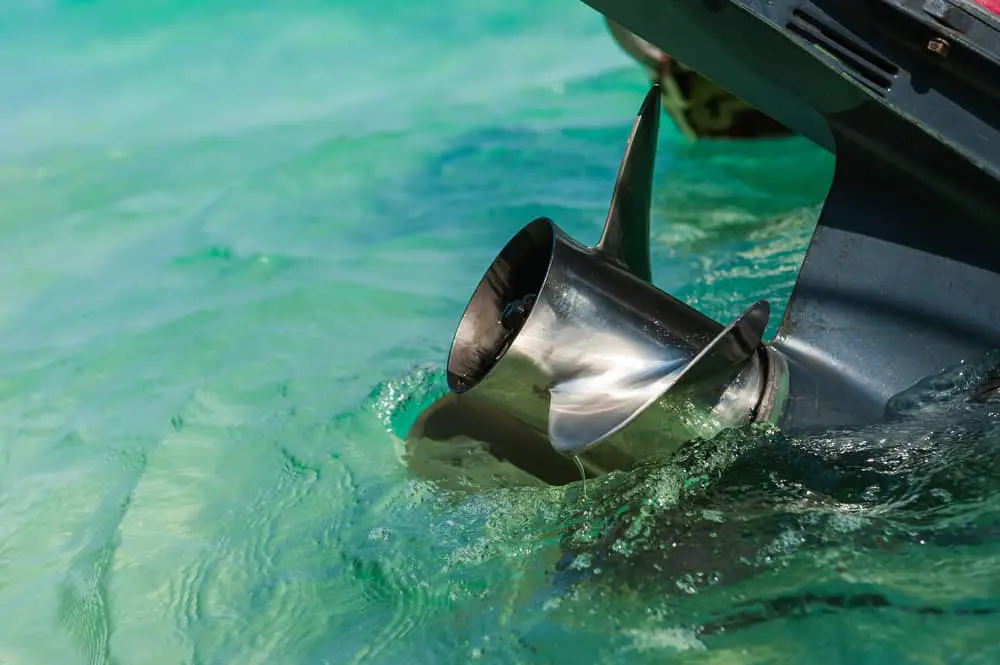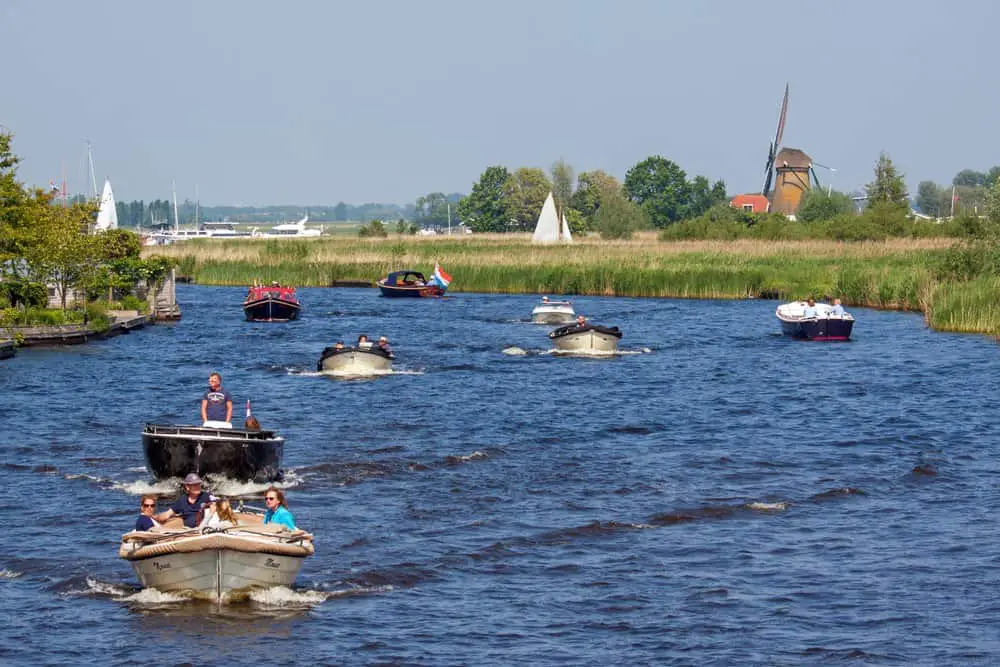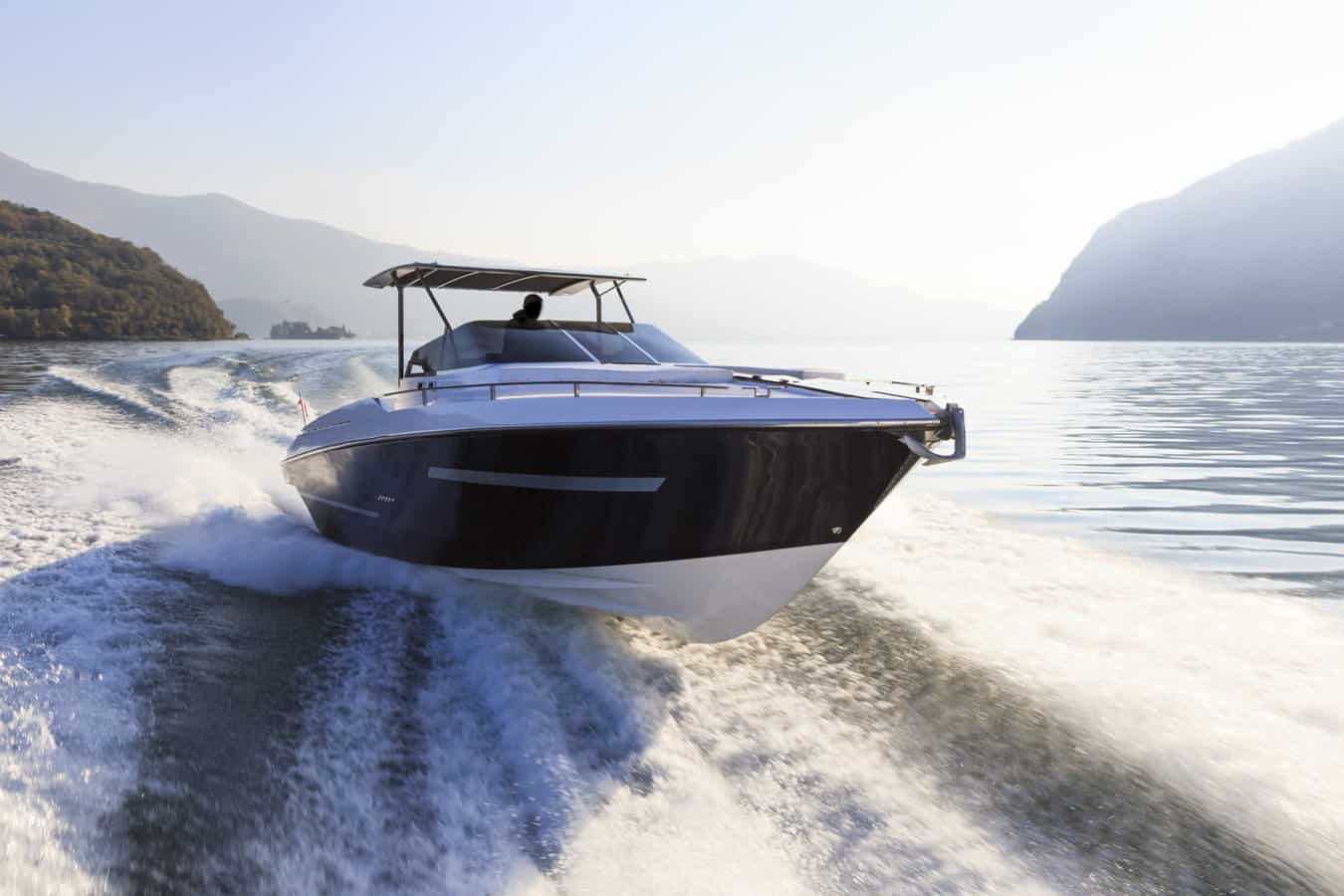Which factors determine a safe speed for your watercraft? This is a question you might have asked yourself from time to time, especially when you’re coasting around in a new rig.
The size of the craft is a major determining factor, as is the engine size. Other considerations, such as propeller style, may also come into play. But how exactly do they affect the safety of the experience?
Early in my boating days, I noticed something strange: There are no posted speed limit signs for boats. You might expect to see such warnings at the launch sites, but most of the time, they’re only posted in high-risk zones. This made me wonder whether I was operating my craft at a safe speed—both for myself and those around me.
Since then, I’ve conducted a fair amount of research on the construction of boats and how it relates to safe speed. That’s what prompted me to create this guide.
Once you’ve finished reading, you should be able to answer the following questions:
- How is the recommended top speed determined for watercraft?
- Are there any external factors to consider?
- What safety precautions should I consider when boating?
Internal Factors That Determine Safe Speed

Engine Size
As you’ve probably guessed, a strong engine will be able to propel the craft faster than a weaker one would.
Powerful engines come in two basic types. One is equipped to haul heavy loads. These are the engines you’ll find on large luxury boats.
The other type is designed for pure speed. You’ll find this type of engine on smaller boats that are intended to move swiftly, like the bass boats used by professional fishermen. These need to tear across the water in a hurry, because the pros are trying to get to the best spots before the competition, especially during tournaments.
If your current watercraft doesn’t go fast enough to suit your taste, you can help it go faster by upgrading the motor. The next few sections should help you decide whether this is a good idea.
Boat Size
The larger a boat is, the heavier it will be. That’s why the size of the craft plays a key role here.
A massive, heavy object will take a while to slow to a stop. It’s also more difficult to steer oversized crafts around any obstacles that might be in their path. Therefore, huge boats that are carrying a great deal of cargo will have to move more slowly than their smaller, lighter counterparts.
Type of Boat
When it comes to safe speed, the shape of the hull is instrumental in determining the boat type.
Sharp, narrow hulls are designed to cut through waves, which cuts down on the amount of drag you’ll experience. When the vessel is equipped with this type of hull, you know it’s been built for speed. On the other hand, boats with flat, broad hulls are designed to go more slowly.
Type of Propeller

Until I got serious about boating as a hobby, I never really thought much about the various propeller types. Once I did, I was surprised to learn how much they can differ from one another. Although you could easily fill a book with information about propellers, for these purposes, we’ll stick to the basics.
All propellers consist of a central hub encased in a set of blades. Each blade needs to be the same size and length in order to work properly. As the blades turn, they push the surrounding water behind them, which is what causes the boat to move forward.
One way to distinguish one propeller from another is to take a look at the descriptive numbers, which refer to the unit’s pitch and diameter. The pitch is the total distance that the propeller can move the boat with a single revolution, while the diameter refers to the blade size.
A higher pitch will result in a higher speed rating. That’s because the craft will move more quickly with each rotation. Similarly, props with a large diameter are capable of moving more water than their smaller counterparts, which gives the engine more power.
External Factors
Water Depth
When you’re navigating through shallow water, try not to go too fast. If you do happen to get hung up on a sandbar or a patch of mud, it will be easier to free yourself if you hit it while moving slowly. While it can be tempting to plow right through so you can move on to deeper waters, you might end up causing damage to the hull.
Weather Conditions
If the weather is poor, reduce your speed. Those of you who’ve been out boating in foggy or rainy weather will understand where we’re coming from. Inclement weather and choppy waters can affect visibility, making it easier for you to crash into unseen obstacles.
What’s more, traveling at high speeds through rough seas is a singularly unpleasant experience. The faster you go, the wilder the ride will get. Not only does this increase your risk of motion sickness, it may even cause damage to the craft.
Finally, remember that most recreational boats aren’t equipped with the proper lighting features. That means that it will be exceedingly difficult to spot any fellow boaters on foggy mornings. When visibility is poor, it’s best to keep it slow.
Traffic Density

On some days, you’ll feel like you have the entire lake (or bay) to yourself. Most of the time, however, you’ll have to contend with at least a few fellow boaters. Those days of high traffic density are the ones you need to watch out for.
When there are a lot of vessels out on the water at one time, you’ll need to go more slowly. It’s impossible to predict what other boaters might do, so it will be safer for you and everyone else if you take it easy when traffic density is high.
Important Safety Considerations
Now that you know which internal and external factors are instrumental in determining a safe boat speed, is there anything else you can do to stay safe on the water?
First of all, move slowly until you’ve gained complete control over the craft. Inexperienced operators are the fourth-highest cause of injury, according to recreational boating statistics. Interestingly, the third-highest is excessive speed, which is all the more reason to keep it slow.
Second, pay attention to weather conditions. Don’t go out if the forecast calls for rain or heavy wind, or if you encounter unexpected fog when you show up at the launch. Once you’re out on the water, head for shore if the sky starts to look threatening, or if you receive any type of hazard alert.
It’s also a good idea to pay careful attention when navigating the boat through a busy area. The last thing you want is to collide with a fellow boater. Even if everyone is lucky enough to escape serious injury, the damage to your equipment may be costly.
Finally, you should consider enrolling in a boating safety course. This will give you a more extensive knowledge of navigation rules, safety precautions, and the basic equipment required. When it comes to safe boating, there’s no such thing as too much knowledge…
Project “Keep It Safe” Boating
Check out our article on: How Shallow Can My Boat Go: (Guide)

